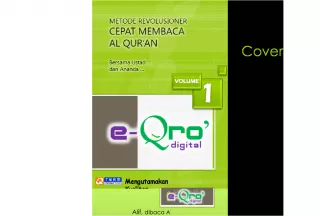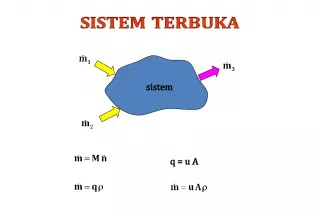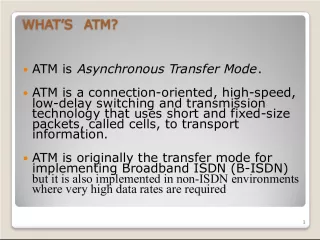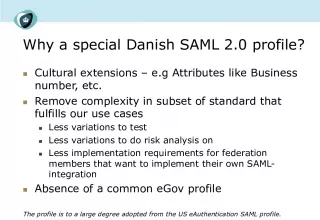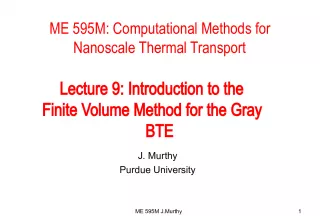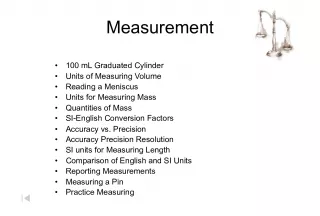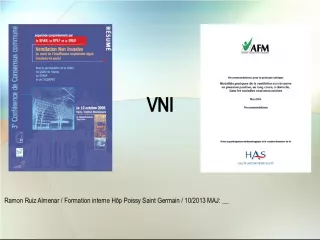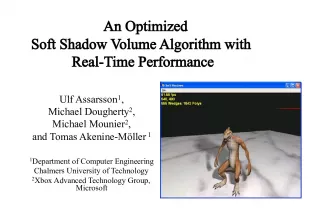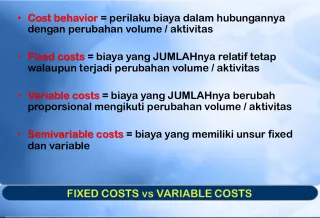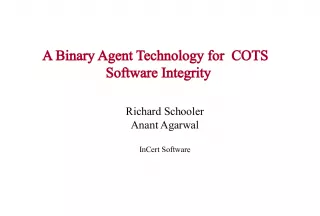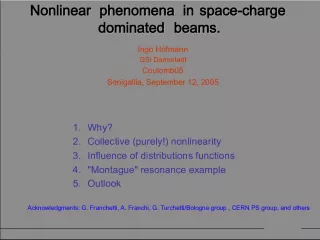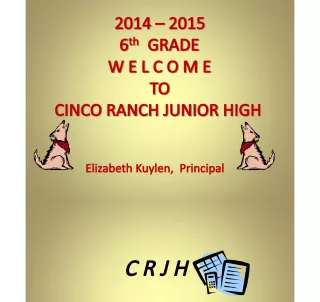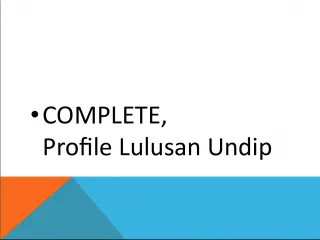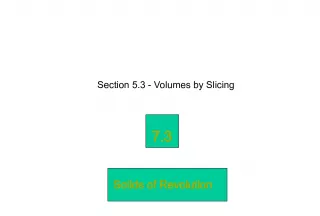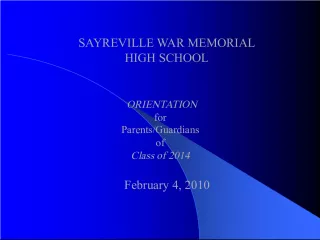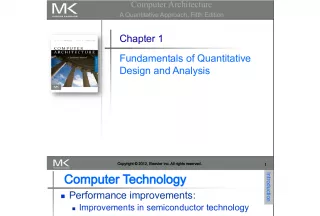Lightweight OCSP Profile for High Volume Environments


This document, written by Ryan M. Hurst and Alex Deacon on November 10, 2004, outlines a lightweight OCSP (Online Certificate Status Protocol) profile aimed
- Uploaded on | 4 Views
-
 michellecastro
michellecastro
About Lightweight OCSP Profile for High Volume Environments
PowerPoint presentation about 'Lightweight OCSP Profile for High Volume Environments'. This presentation describes the topic on This document, written by Ryan M. Hurst and Alex Deacon on November 10, 2004, outlines a lightweight OCSP (Online Certificate Status Protocol) profile aimed. The key topics included in this slideshow are . Download this presentation absolutely free.
Presentation Transcript
Slide1Lightweight OCSP Profile forHigh Volume Environments November 10, 2004 Ryan M. Hurst Alex Deacon
Slide2Goals• Profile how clients and servers use OCSP in its “Response Pre-production” mode. • Profile minimal implementation for ease of client implementation. – Important in constrained environments (reduced bandwidth) • Support cross-WG initiatives to decentralize response distribution. – Important step to support revocation checking in high volume environments like TLS in e-commerce • Use of OCSP in disconnected (catch 22) scenarios (e.g. Need to auth. server to get IP.)
Slide3Supports peer WG initiatives• IP Security Protocol ( ipsec ) – OCSP Extensions to IKEv2 • Transport Layer Security ( tls ) – TLS Extensions ( RFC 3546 ) • 3.6. Certificate Status Request – EAP-TLS • Kerberos WG ( krb-wg ) – OCSP Support for PKINIT
Slide4Where are we?• VeriSign has public implementation of current draft available. • CoreStreet current client and server supports profile. • Tumbleweed current client and server supports profile. • Microsoft current Longhorn beta (client) supports profile.
Slide5Open Issues• nextPublish vs. max-age and ETag – Later appears to be the more accepted route – Remember these are Hints not Policies… • Response validity nesting; clarification of text.
Slide6Questions?
Slide7Facts• Internet Explorer, Firefox, Opera, Safari, etc. do not enable revocation checking by default. • Commercial certificate authority CRLs are quite large (800k+ in some important cases) • Use of OCSP in traditional “real time” mode would result in many requests per page, many request per corporation. • The majority of public internet consumers are dial up (~56k), especially true internationally.
Slide8Misconceptions• Pre-Production is about optimizing out RSA signs – No, it is about: • Bring revocation data closer to the relying party. • Reduce number of potential failure points in e- commerce transactions with revocation checking enabled. • Enabling catch-22 revocation scenarios. • Deploying cost effective OCSP solutions in suitable environments (inexpensive Geographic distribution).

